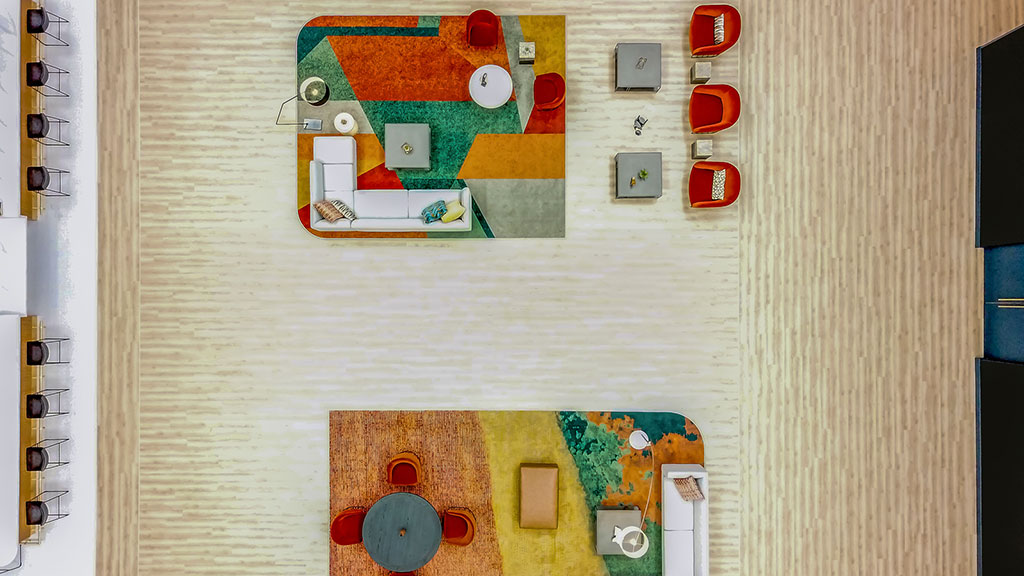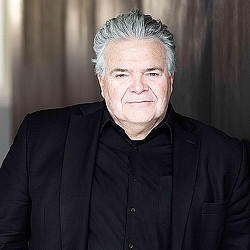Dual-Brand Hotel PIPs Create Design, Financial Opportunities
October 03, 2022 | By Lori Mukoyama, Rick Fawell
Editor’s note: This article originally appeared in Hotel Management.
Throughout the pandemic, we have seen more and more property improvement plans, and for good reason: Renovating and refreshing brands with existing assets can sometimes be more palatable for developers and investors than ground-up hotel construction in an unsteady and uncertain market.
Over the past few years, hotel developers have shown particular interest in pursuing dual-brand Property Improvement Plans (PIPs), which are plans to bring a hotel into compliance with the latest brand standards, because they recognize the benefits of capitalizing on economies of scale and diversifying their risk. In addition, brands have become increasingly flexible in order to keep the pipeline of refreshed projects signed up and flowing.
In exploring the opportunities for dual-brand PIPs, owners are analyzing the ability to leverage one operations and management group running two brands. This gives them the opportunity to produce a more efficient operations system that becomes attractive for both brands, as well as their investors. It also allows them to bring two brand options to consumers traveling in the vicinity, expanding their presence without taking on an additional physical location.
In line with this approach, brands have become more open to partnering with new owners to address how to meaningfully and successfully accommodate two brands in one building. Some have kept the guestrooms strictly under one brand but flexed with the public spaces and amenities. Others have recognized the benefit and attraction of introducing patrons to two different brand experiences and embraced the cross-pollination.
Architects and interior designers are enlisted for these types of projects to work closely with the owner and brand team on the building systems’ due diligence, creation of electronic existing condition drawings, brand standard design guidelines, and understanding of the financial capital stack and budgets. Dual-brand PIPs offer other unique design challenges and are inherently more complicated given there are two brand identities to effectively integrate.
Within the context of these projects, design teams are navigating how to incorporate both brands without compromising one or the other and maintain distinct and engaging guest experiences for each. On occasion, there is an opportunity to develop a dual brand story, unique to the particular dual-brand PIP property, that unites the two brands with one single story while still allowing them to maintain their separate brand identities where it is most critical and agreed upon with the ownership team.
Lobby and Reception
Lobbies and reception areas are where the design needs to tell a cohesive visual story. While a lobby should feel elevated, it should also provide obvious cues that direct guests to the proper front desk for check-in. Some dual-brand hotels will have separate desks for each brand while others will share a singular desk. In the case of sharing, conscientious design decisions can help delineate one brand from the other, like a gradual transition from a textured slating to smooth finish on the front desk. Of course, a mounted logo will instill confidence the guest is in the right place.
Amenities
Health and wellness fitness centers, pools, meeting/conference spaces, and other amenities offer great opportunity for shared uses in a dual-brand PIP. Brands are often willing to defer to one brand as dominant in the design in order to create a unified story rather than trying to keep separate identities throughout the property. This approach also introduces the ability to upgrade these spaces to a quality level they may not normally experience in a single-brand hotel.
One aspect to keep in mind when designing amenity spaces is the path of travel. Guests may have different purposes for their stay, and this is especially true when business travel-focused brands partner with leisure travel-focused brands, so when paths do cross, it should be purposeful.
Food and Beverage
The dual brand story should be consistently reinforced in all guest food and beverage experiences — whether in restaurants, grab-and-go coffee concepts, bars, club lounges, and cafes. There are occurrences where components of an individual brand’s F&B need to be separate — for instance, a certain brand may consistently offer complimentary breakfast — and others that can benefit from being shared. As the strategy is developed, design teams search for these opportunities to cross-reference the brands and best create unique guest design and memorable experiences.
Oftentimes, a dual-branded property opens up more design opportunities and moments for creativity, resulting in a restaurant space that is heightened with more energy and appeals to a broader audience. At the first dual-branded voco and Holiday Inn hotel in downtown Chicago, the in-house restaurant appeals to both voco’s boutique-style hotel brand and Holiday Inn’s family-oriented reputation. At the bar, purse hooks ornamented with whimsical animals hint at a hidden detail you may find in a boutique hotel experience, while U-shaped banquettes allow for an intimate family dinner. The design also leans into the location for inspiration, pulling the full story together with a “river and city” concept that informs other public spaces. The design reflects the duality of the city with colors, textures, and materials demonstrating Chicago’s organic versus architectonic nature.
Dual-brand PIPs have the ability to bring market-driven properties back to financial viability faster than designing and building ground-up hotels, and with the creation of government-backed options for clean energy financing (commercial property assessed clean energy), they are the most sustainable solutions on the market in this economic climate.
For media inquiries, email .


